They say you shouldn’t bring a bow and arrows to a gunfight, but I say someone who can use a bow with the same deadly efficiency as a gun deserves praise. Prior to Splatoon 3, there weren’t any bows in the ink weapon arsenal, but that’s changed with the advent of Stringers. Here’s a guide to using Stringers in Splatoon 3.
Splatoon 3 Stringer Guide: Tips, Build, and Perks
Pulling the trigger on a Stringer fires off three shots of ink in a horizontal spread. Hold the trigger to charge up, and your shots will both travel further and explode a moment after landing. If you fire while jumping, you’ll switch to a vertical column shot instead of a spread. This can be charged as well.
Stringers come in two primary versions:
- Tri-Stringer: Base stringer, no gimmicks.
- REEF-LUX 450: Shots deal more damage, charge can be stored while swimming, but shoter range and shots don’t explode when charged.
Stringers are bow-type weapons designed for mid-to-long-range combat, kind of like a cross between a Charger and a Sploosh-o-Matic. Their wide spread and relatively long distance make them great for sniping both turf and enemies from high vantage points, though with some practice, they can also be great in short-range skirmishes. Direct hits can be a bit tricky, though, especially with the Tri-Stringer, so you might be better suited going for splash damage from the exploding shots.

Both the Tri-Stringer and the REEF-LUX have their uses, and both are pretty well-regarded by their users. It’s mostly a matter of preference; the Tri-Stringer is better for longer-range fights and wide, basic turf coverage. The REEF-LUX is better for closer encounters and more deliberate inking since it fires in a tighter pattern with less delay between shots. Basically, treat the Tri-Stringer like a rifle, and the REEF-LUX like a shotgun.
Related: All Splatoon 3 Weapon Types Explained
If you’re coordinating for a Stringer build, take these abilities into consideration:
- Ink Resistance Up: Even when you have the high ground, you’re just as susceptible to ambushes as anyone else. It’s helpful to be able to tank a few hits before getting splatted so you can retreat.
- Quick Super Jump: Whether you’re joining an existing fray or returning to an ally’s Squid Beakon, you want to cut down your travel time as much as possible.
- Comeback: This one’s better for the REEF-LUX than the Tri-Stringer. If you’re getting into a lot of close-range encounters, you should get some return on your inevitable splatting.
- Swim Speed Up: Using a Stringer is all about finding good vantage points, which means a lot of swimming up walls. The faster those swims are, the better.
- Intensify Action: Not only does this one make Squid Surges easier, which is good for the aforementioned wall climbing, but it steadies your aim in the air, which is vital if you’re taking vertical shots.
If you’ve got the tough tendons to pull back that bow, then Stringers are an excellent choice of inking weapon.


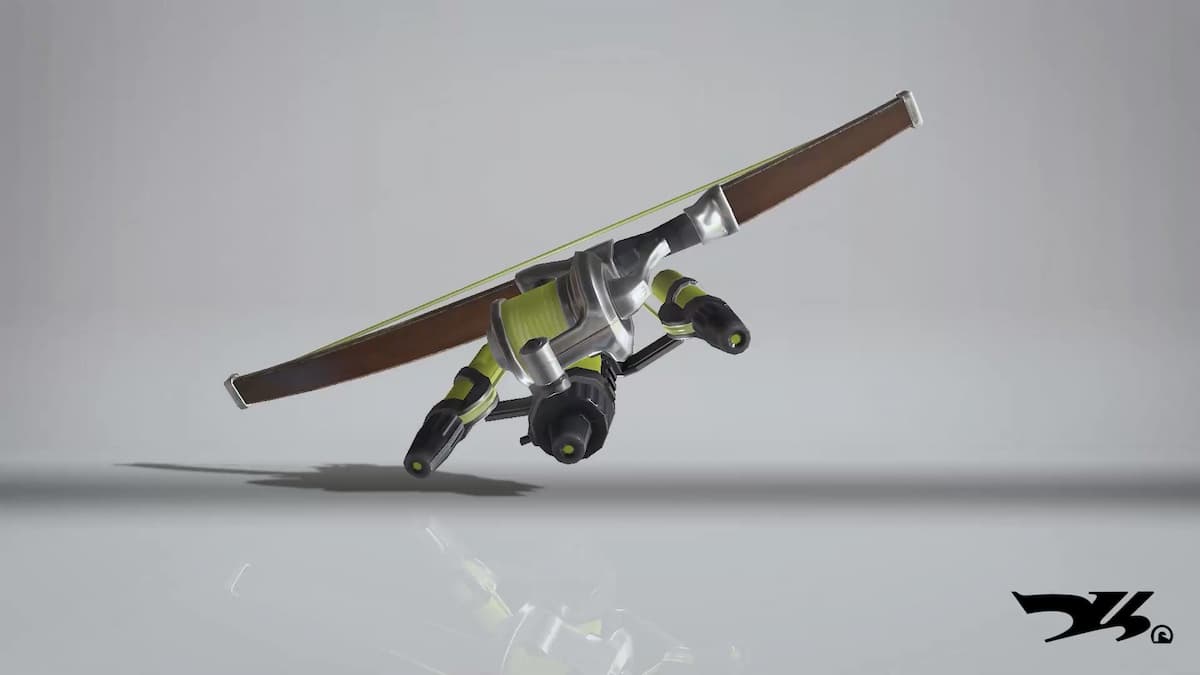

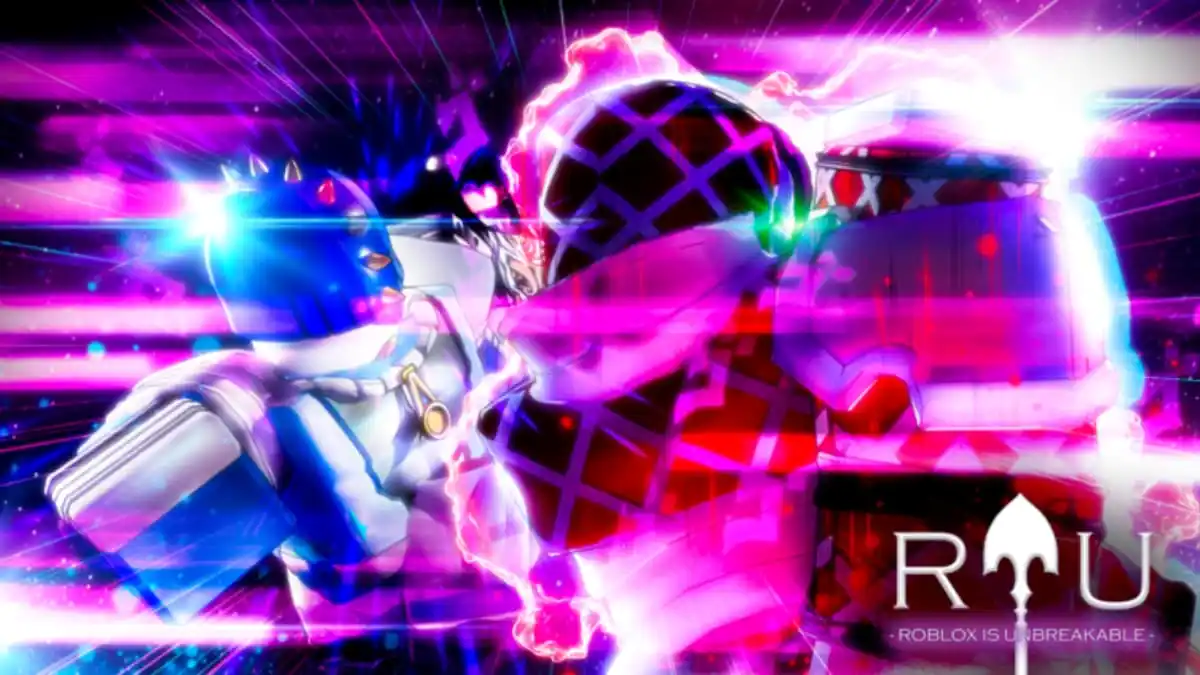
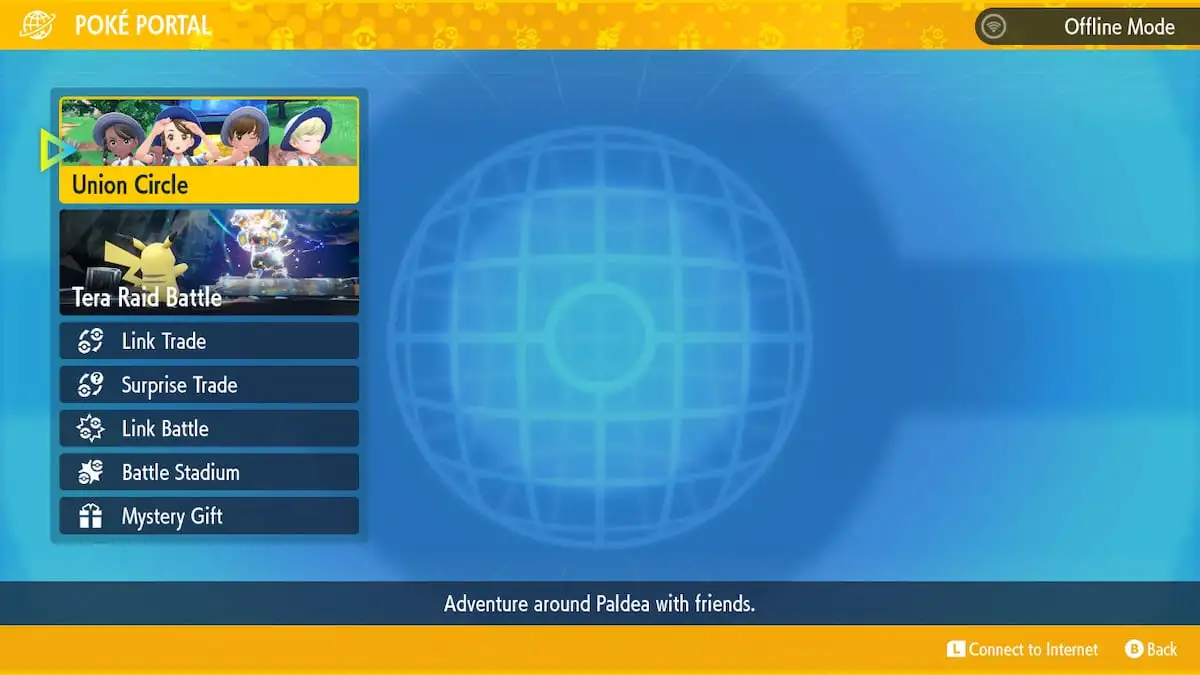
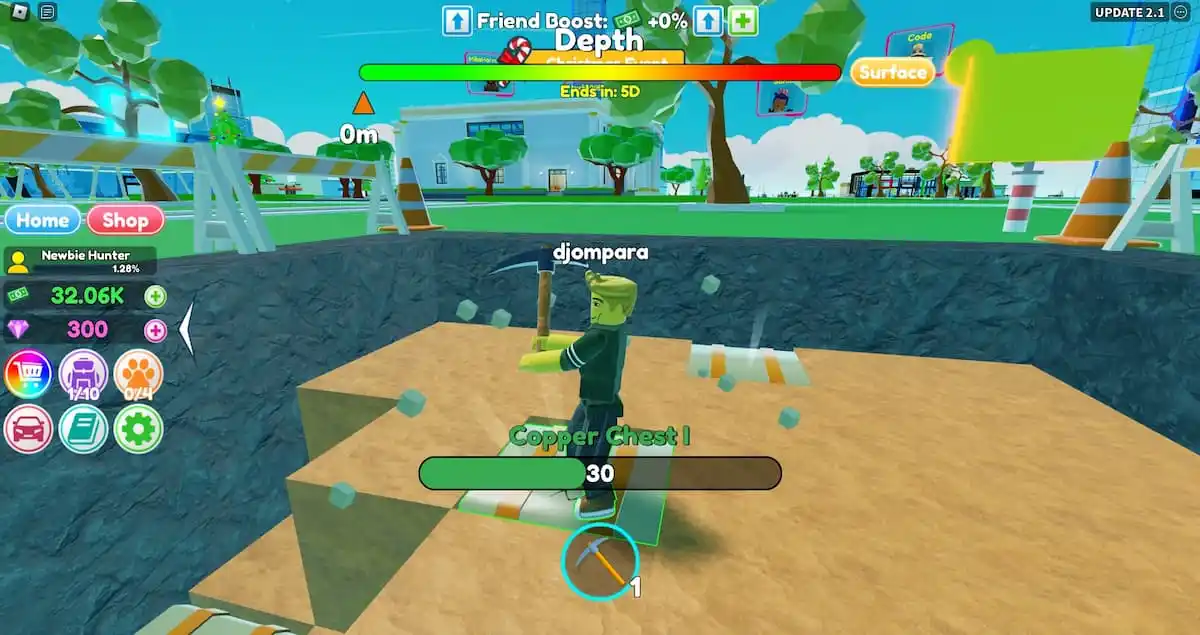
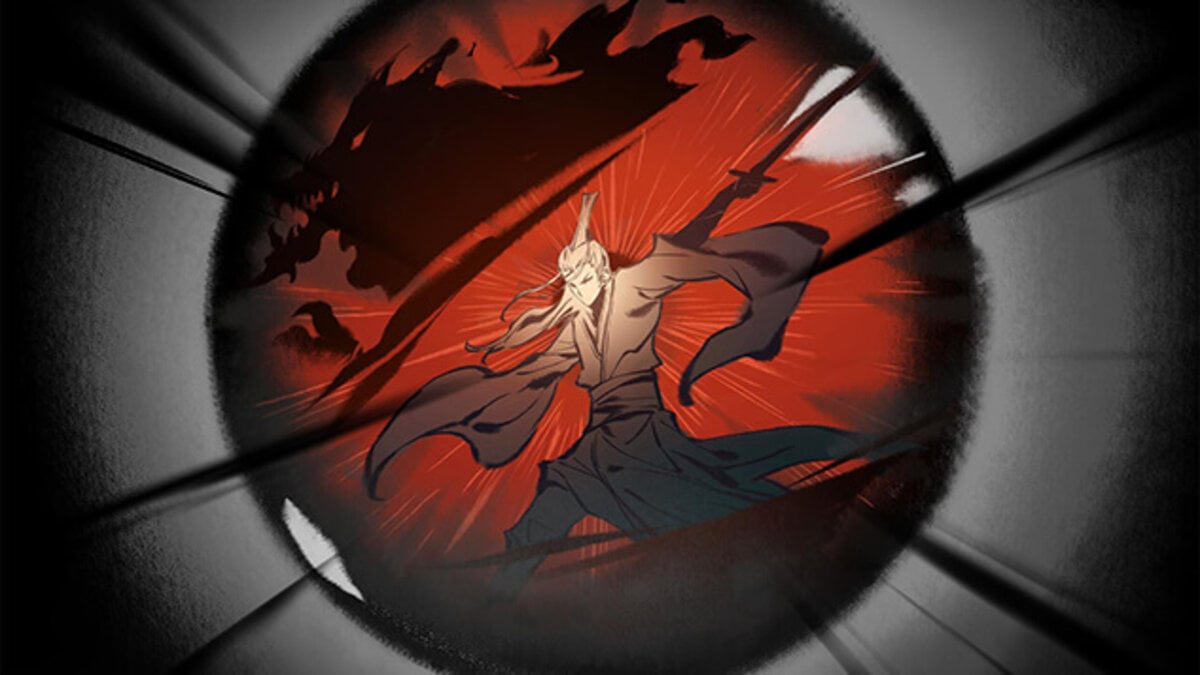




Published: Sep 15, 2022 01:01 pm